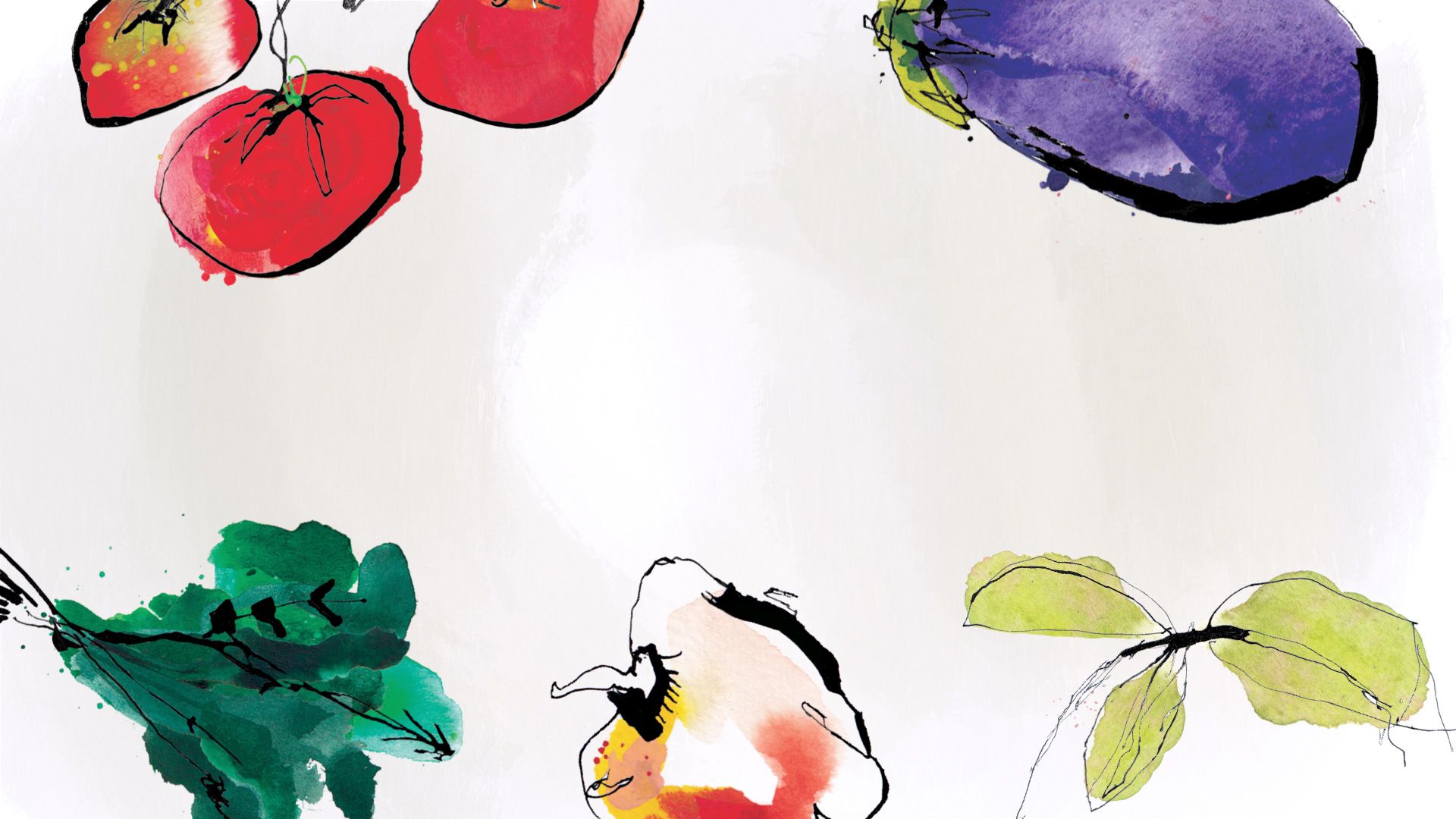Feel good with more fibre
Beat hunger, boost energy, and maximise your health now and into the future with these top tips for eating more fibre.

Fibre has plenty of health perks. As well as helping to sustain energy and reduce appetite, fibre is your bowel’s best-friend, it nourishes your ‘good’ gut bacteria, it helps heart health, and it can even reduce cancer risk.
“Australian nutrition guidelines recommend that women eat 25g of fibre every day from different sources such as vegies, fruit, wholegrains, beans and nuts,” says Jean Hailes naturopath Sandra Villella.
But what are the top tips to help you to reach this target?

High-fibre five
Before we launch into Sandra’s high-fibre food tweaks, there’s a key tip to keep in mind: “When adding more fibre to your diet, make small changes gradually to avoid bloating and you may need to up your water intake,” she says.
1. Boost your bean power
Legumes such as lentils, chickpeas and red kidney beans help you feel more satisfied after eating. They’re packed with fibre which triggers nerves in your stomach that say “I’m full” to your brain. Toss beans in salads and stews, add them to meat rissoles and vegie patties, or buy hummus on your next trip to the supermarket.
“When making soups, throw in one to two tins of legumes then blend or puree them with the vegetables,” says Sandra. “Try different combinations such as cannellini beans in cauliflower soup or chickpeas in pumpkin soup.”
2. Switch-and-swaps
“Switching out your usual food choices for more fibre-rich versions is a simple way to increase fibre intake,” says Sandra. Try swapping:
- White bread for rye, wholegrain or fibre-enriched varieties
- Jam or honey on your toast for nut butters, hummus or avocado
- White rice for red, black, wild or brown rice. “One cup of red or brown rice, contains 3g of fibre and adds a different flavour,” says Sandra. Start with this tasty Red rice, roast vegie and aduki bean salad.
- White pasta for wholegrain or pulse pastas (made from legumes)
- Dip and crackers for dip and vegie sticks of carrot, celery, green beans, cucumber and snow peas.
3. Sprinkle on seeds
Seeds are packed with fibre plus healthy minerals and omega-3 fats, so it’s worth keeping a stash on hand. Think beyond sunflower seeds and stock up on chia, pumpkin (pepita), sesame, and – one of Sandra’s top foods for women – linseeds.
Throw them in salads, muffin mixes, your morning cereal, or overnight oats. You can also pan-fry pepita and sunflower seeds on a low heat with a dash of soy sauce, for a savoury snack. “[Or] add two to three dessertspoons of a mix of freshly ground linseeds, pepita and sunflower seeds to yoghurt and stewed or fresh fruit, or healthy smoothies,” Sandra suggests.
“For extra spice, grind cardamom pods and cinnamon powder along with your seeds for your morning oats. Store the mix in an airtight jar in the fridge and it will stay fresh for two weeks.”
4. Plate up more plant foods
“Plant foods are high in fibre and nutrients that protect the health of your cells,” says Sandra, so keep fibre in mind when meeting the recommended five serves of vegetables and two serves of fruit every day. “Include some higher-fibre options such as green peas, broccoli, corn, carrots, pears and raspberries,” Sandra recommends.
Even a meal like spaghetti bolognese can enjoy a fibre boost if you add extra vegies or lentils to the sauce or use zoodles (spiralised zucchini) instead of pasta.
5. Get snack savvy
Snacks provide the perfect way of adding extra fibre to your diet. Sandra's savvy suggestions include:
- a handful of almonds. “Around 30g (25 almonds), provides 3g of fibre,” she says.
- homemade popcorn. “Enjoy it air popped or cooked with olive oil – one cup of popped popcorn provides 1.2g of fibre,” she adds.
- prunes. Use them in smoothies or stewed with fruit or add them to these raw cacao and prune balls. They’re sweet and help keep you regular, so they’re a ‘fibre and flavour win-win’.

Words by Stephanie Osfield. Illustrations by Tam Bower.
Published September 2022
This article is designed to be informative and educational. It is not intended to provide specific medical advice or replace advice from your medical practitioner.
Jean Hailes for Women’s Health gratefully acknowledges the support of the Australian Government.
© Jean Hailes for Women’s Health 2022
